Often time, people lose faith in their way because an obstacle shows up in their way. They assume that an obstacle signifies that they require to totally change their way or give up completely. However, people have confronted obstacles since the beginning of time, and some of the greatest humans who ever lived have developed means of handling the struggle of daily life.
These people understood that obstacles will appear in every path we engage in and in every phase of our lives, maybe a disagreeable boss who hiders our expectations for promotion, or a dangerous economic climate that hiders us from looking for a job. Therefore, rather than dodging them, we need to challenge them directly, use them to our advantage, and change them into situations for our success. This summary illustrates the means to do that
In these chapters, you’ll discover how one well-known person wrestled for his inheritance by practicing public speaking with pebbles in his mouth!
Also, you’ll discover what Thomas Edison did when his million-dollar laboratory got burnt– ruining his whole new prototypes.
Lastly, you’ll discover how NASA gets its astronauts ready to deal with life-threatening obstacles.

Chapter 1 – Action, perception, and will are the solutions to changing obstacles to our advantage.
When confronted with an obstacle, the majority of us become angry, fearful and frustrated. We believe that it will ruin our plans and delay our progress. However, obstacles can really turn to advantages, and far from limiting us, they can direct us to success.
How?
For you to change an obstacle into an advantage, we need to concentrate on three things.
Firstly, we need to concentrate on our perception of the obstacle. If we can view an obstacle in the appropriate light, we can disclose the hidden possibilities we can use to our advantage.
This was what the oil baron John D. Rockefeller did to succeed. In 1857, during a financial crisis, Rockefeller, just 18 years old, observed how those who panicked acted, and watched what they did wrong. By studying their failures, Rockefeller was able to realize the obstacle – the Panic – in another manner. He was able to then see the benefits the crisis provided, start off and begin on his path to becoming one of the world’s richest men.
However, perception alone is not enough. When you are confronted with an obstacle, you also have to react with the right action.
The right action is gotten from a mixture of creativity and flexibility. For instance, at the start of the twentieth century, Amelia Earhart desired to become a great pilot; however, an obstacle blocked her way – back then, women only didn’t become pilots. Therefore, she got a mundane job to live; however, she continued searching looking for creative means to attain her dream.
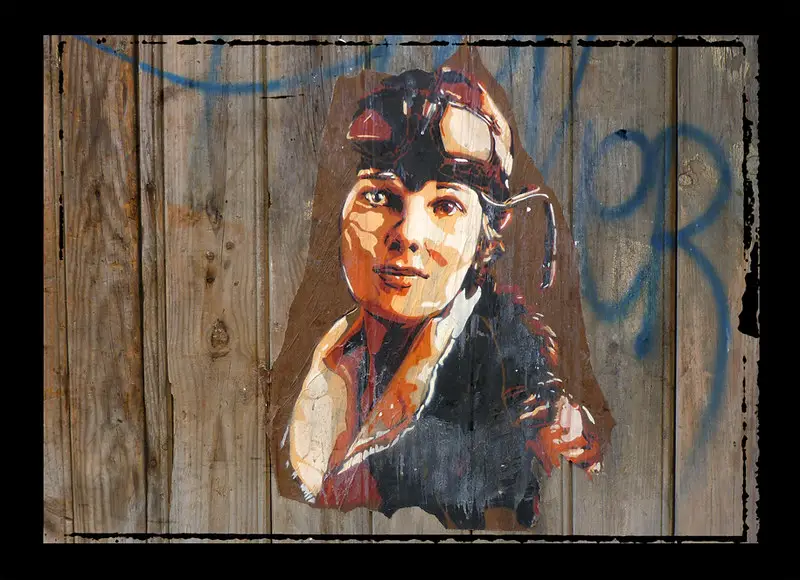
One day she got a call which said that a person would sponsor the first female transatlantic flight; however, she could just be an unpaid passenger. Although this was far from what she desired to achieve, she agreed to it– and this jumping-off point caused a career as a great aviator.
After recognizing the best means to see an obstacle and the best action to conquer it, we use our will to endure until the obstacle has been conquered.
In the following few chapters, we’ll explore each of these in detail–beginning with perception.
Chapter 2 – For us to see obstacles well, we need to learn to see objectively.
When you come across an obstacle, how do you react? Do you reason the world might be against you, and that nothing ever goes well for you? Rather, you need to be considering taking a step back, looking at the matter objectively and thinking, “What can I do to change this obstacle into a benefit?”
If we view them in this manner, even the largest obstacles can be changed to our advantage.
For instance, during the 1960s the then renowned boxer Rubin “Hurricane” Carter was wrongly accused of a triple homicide and sent to live imprisonment. However, as he got to prison, he was determined to not allow his situations to overwhelm him and therefore attempted to see how he could make the most out of it.
Firstly, he swore not to live with the injustice; however, continue fighting to defeat it through the court of law. Then he changed his limited physical liberty to his advantage by making use of his time inside to read about history, philosophy, and law. Carter’s case was ultimately changed and he was freed after 19 years. Carter left jail as he had gotten into it, a free man. However, additionally, he had also used that time to improve his education and himself.
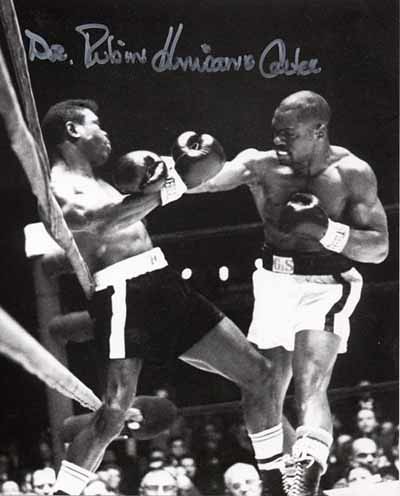
Therefore, how can we attain this objective view?
By learning to separate yourself from your own personal – and extremely subjective –perspective of the circumstances. This can be done by visualizing that you are advising a friend about defeating the obstacle. What would you tell them? How would you allow them to tackle it?
Or you can copy the Stoics, a group of philosophers from Ancient Greece. They would visualize how a sage – a person of great wisdom – would respond to the obstacle. By doing that, they would explore concealed sources of wisdom that they didn’t consciously understand they had.
Chapter 3 – Uncontrolled emotions blur our decision and view.
Our first responses to an obstacle are frequently anger, frustration, anxiety, and confusion. Although natural, those kinds of emotional outbursts really make it more difficult for us to handle obstacles because they don’t just hinder us from judging the matter objectively, they really make us view it differently. Therefore, if we want to change our obstacles to success, we need to learn how to control our emotions.
How?
The crucial way to controlling our emotions is to steady our nerves.
Ulysses S. Grant, the Civil War general is a well-known role model for steely nerves is. One time he was being snapped by a well-known photographer named Matthew Brady when he almost lost his life. Because there wasn’t enough light for the photo, Brady told an assistant to open the studio’s skylight.
However, the assistant mistakenly broke the window, and big shards of glass fell next to where Grant was sitting. If he had freaked out and jumped from his chair, he might have been extremely injured –However, Grant didn’t move and sat down calmly in his chair as the shards broke around him. By controlling his nerves, Grant hindered his emotions from getting him injured.
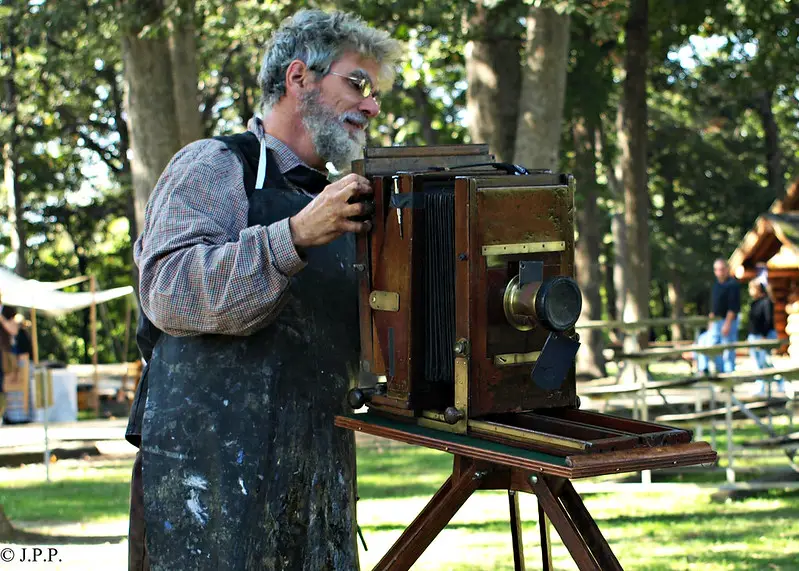
Therefore, how can we control our emotions?
By getting ourselves ready for what can go wrong in any circumstances. This enables us to stay calm regardless of how many external incidences may change.
NASA has understood how significant this is. A frightening astronaut is the single biggest factor that accounts for possibly life-threatening errors in outer space. This is the reason why NASA gets its astronauts ready to react to any likely obstacle until their reaction becomes automatic. This enables them to handle stress when anything goes wrong with the original plan.
Emotional responses to obstacles cloud our decision; therefore making it impossible to change obstacles to our advantage.
Chapter 4 – A malleable viewpoint enables us to see an obstacle’s concealed advantages.
When we are faced with an obstacle, we usually just view it in one manner: insurmountable. However, if we can change our viewpoint, then we can disclose the advantages in which an obstacle conceals underneath the surface.
How?
By considering the larger context. Viewing the circumstances in isolation usually makes the obstacle look impenetrable; however, if we put it in context, we can usually realize that it’s really irrelevant.
For instance, when preparing to fight during the Ancient Greek Peloponnesian War, the general Pericles and his men were unexpectedly thrown into darkness by a solar eclipse. A lot of soldiers viewed this as a bad sign and became scared of the forthcoming fight.
However, Pericles was fearless and made use of this circumstance to his advantage to stimulate his men. He grabbed a dark shroud and put it over the face of one of his soldiers, and then questioned if he was scared. The soldier answered by saying he wasn’t. Then, Pericles asked why they should let another cause for darkness to discourage them in war and make them fearful. This enables the soldiers to view the eclipse in a different way and become motivated for the battle.
Also, a viewpoint can be used to changed obstacles into advantages.
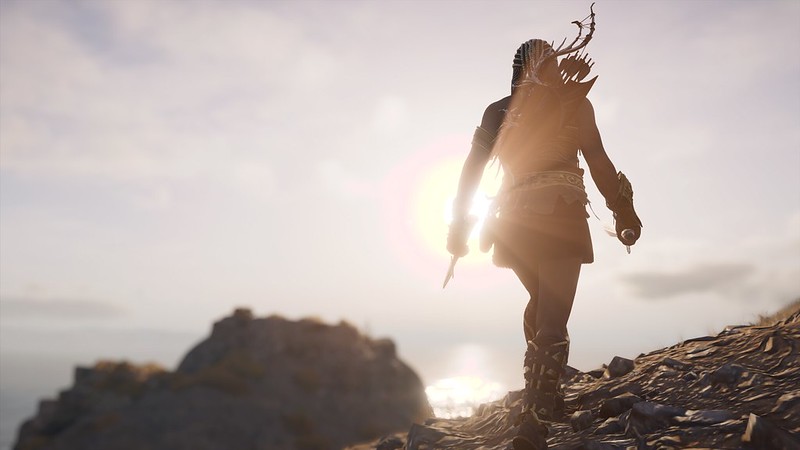
George Clooney understood this very early in his career. When he first joined Hollywood, he found it hard to get a role. He became mad at directors, producers and casting agents, accusing them of not seeing his ability.
However, then he changed his viewpoint. He understood that it was not his obstacle; however, the film producers’ – were the ones who badly required to look for the good actor. Therefore, Clooney chose to mentally confront the audition as the actor they were searching for. He assumed that if he made himself unique as the key to their obstacle, he would get the role. Therefore, by transforming his personal viewpoint, Clooney was able to change the initial obstacle into the first stepping stone towards success.
In the next chapters, we’ll discover what’s the best course of action when faced with a lot of life obstacles.
Chapter 5 – For an action to be effective, it has to be persistent and disciplined.
We’ve understood the significance of changing viewpoint; however, on its own, it’s not sufficient – we also need to take action. But, despite the numerous obstacles that detach us from the good life, we require more than just a single act – we require the strict discipline to act, and continue acting until the obstacle is conquered.
One person who demonstrated that discipline wins out was Demosthenes – the greatest orator of ancient Athens.
Aside from being cheated out of his inheritance by his guardians, Demosthenes was a sickly and weak person that has a speech impairment. However, when confronted with these whole obstacles he didn’t surrender. Rather, he devised a plan of action and abided by it with unbelievable discipline. He locked himself up to study and taught himself law in order for him to take his previous guardians to court. Also, in order to develop his speech, he would constantly recite oratory having a lot of pebbles in his mouth!
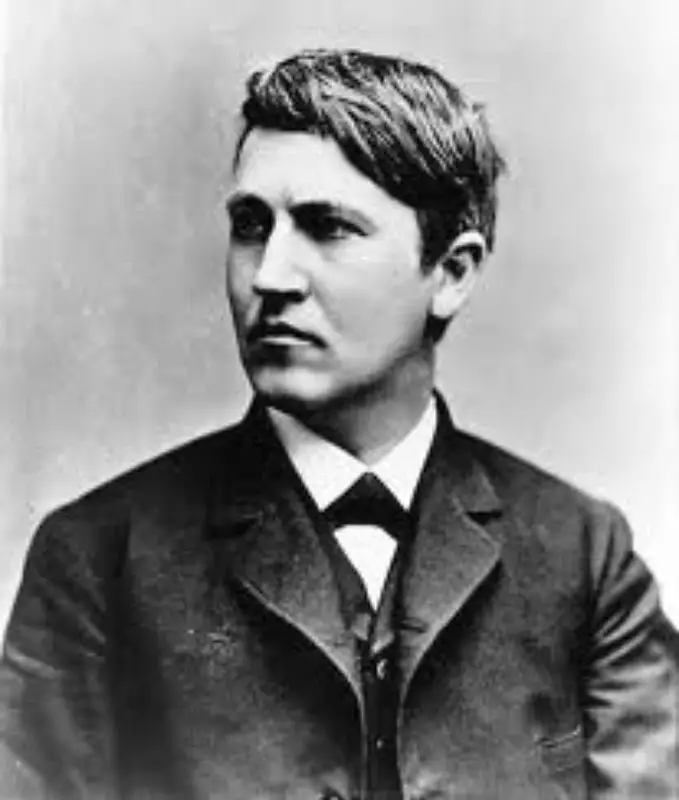
With his persistence, Demosthenes didn’t only become the most well-known orator in Athens; however, he also won his trial against his former guardians.
Similar to Demosthenes, the inventor and entrepreneur Thomas Edison understood that effective action relies on our persistence.
In 1878, Edison went through 6,000 different kinds of material for him to find the right filament (a piece of bamboo) for the incandescent light bulb. Although there were other inventors also trying to find the incandescent bulb during that time, no other inventor went through a lot of different experiments to ensure they discovered it. It’s this persistence and tenacity that is commonly acknowledged as the strategy for Edison’s great success.
Chapter 6 – Concentrating on every moment and the overall process assists us to attain our goals.
Visualize that you’re part of a long-term project, however, persistently you act, it looks that the obstacles just continue appearing. What should you do? Rather than thinking about the goal, you need to concentrate on every moment and the overall process.
Why?
Because this lets us handle the tasks we have to do as effectively as we can, which will increase our probabilities of long-term success.
Let’s consider two extremely successful companies that were both established in extremely hard economic times.
The Walt Disney Company was established eleven months before the market crash of 1929. Also, the IT company called Hewlett-Packard was created during the Great Depression in 1935. Both these companies flourished because they didn’t allow difficulties in the wider economy to ruin their thinking about daily activities. Rather than focusing on the overwhelming goal of becoming successful during the times of economic crisis, they remained concentrate on the present moment, not the obstacles surrounding them. And gradually, they developed into well-known companies we know now.
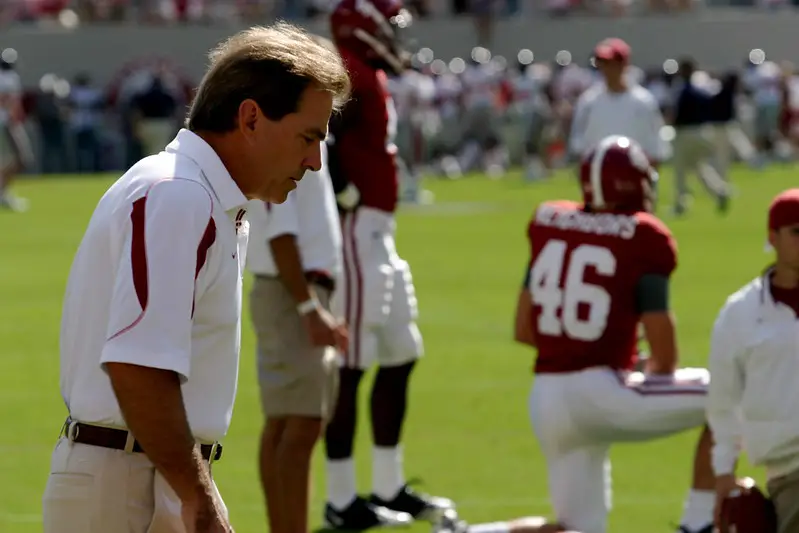
Another method of viewing this is to see every moment as part of the bigger process that leads toward the goal. Professional sport coaches make use of this model to change what might seem like the impossible effort to climb a mountain into the single, consistent steps required to get to the top.
For instance, the head coach of the University of Alabama American football team, Nick Saban, teaches his players to stick with the process. Saban says to his players not to concentrate on the goal of winning the championship; however, to focus on doing well in every game, and each play in the games. Breaking down the path to the goal in this manner enables his players to put their energy in the current task without being concerned about the whole “obstacles” like losses or likely injuries.
Right action depends upon concentrating on the whole process and living within every moment of that process.
Chapter 7 – By knowing their weaknesses, we can understand how to turn obstacles against themselves.
Sometimes you will encounter an obstacle really big you’ll believe that you can’t conquer it. Usually, the biggest obstacles hide the biggest weaknesses.
For instance, Gandhi’s civil disobedience – the non-violent movement called satyagraha – and specifically, the Salt March, demonstrate how great power can be turned against itself.
Gandhi was aware that he couldn’t defy Britain’s military law in a direct fight; therefore he chose to use non-violence and symbolic actions to demonstrate how unfair it was. His Salt March directed hundreds of thousands of Indians to the ocean to gather salt in direct conflict to the British rule that banned unregulated salt gathering. And since it was a non-violent attempt, it challenged the British rule without raising an arm in the fight. The strong power of the empire was its monopoly of violence, and by defying it non-violently, he was able to demonstrate how weak it really was.
Another means to make the most of an obstacle’s weakness is to utilize its strengths against it.
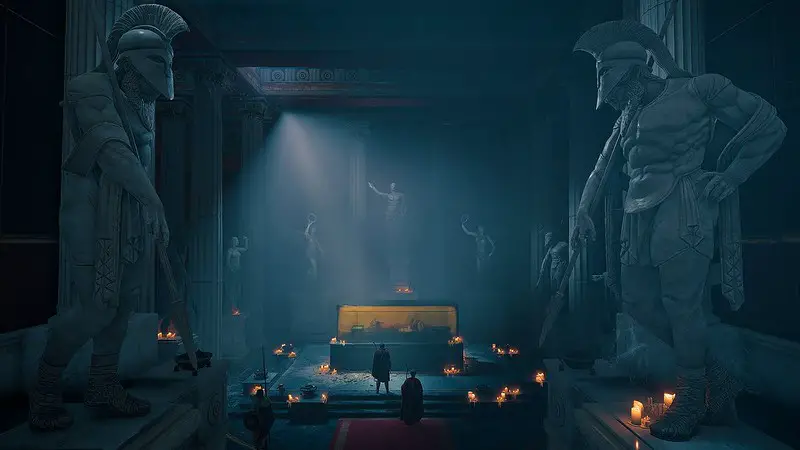
Alexander the Great did just this when he restrained his horse, the wild Bucephalus. Until Alexander calmed him, Bucephalus would not let anybody to ride him and would resist anybody who attempted with furious rage. Therefore, Alexander allowed Bucephalus to run in a straight line till the horse was tired, and gave up attempting to fight off. When Alexander then climbed him, the horse allowed Alexander to direct and control him. Alexander had made use of his strength in riding (his endurance) to tame Bucephalus by making use of the horse’s clear weakness (its nonstop anger used up its energy).
Therefore, by making use of its strengths against itself, even the strongest obstacle can be conquered.
In the next chapters, we’ll look at how to continue persevering regardless of continuous obstacles.
Chapter 8 – Our will allows us to admit what we cannot transform, and transform what we can.
Perception- which is the skill to see a matter objectively – and action (the practical skill of changing the obstacle into our advantage) are, by themselves, not usually sufficient. What actually makes the difference is the final element: our will. Except we trust in ourselves and use this internal power to all our deeds, we will be impotent to change obstacles into advantages.
The will is what channels our perception and action into identifying and transforming what we can, and not becoming bothers about things we cannot. This thinking was created by the Stoics in Ancient Athens and Rome, like Epictetus, Seneca, and Emperor Marcus Aurelius. They concentrated their will by usually questioning themselves what they could control and what they couldn’t.
They assumed that external factors cannot be changed. These comprise natural incidences, other people’s behaviors, the inevitability of death, and so on. However, they also assumed, that we could change internal factors. These comprise of our feelings, decisions, outlooks, responses and, judgments.
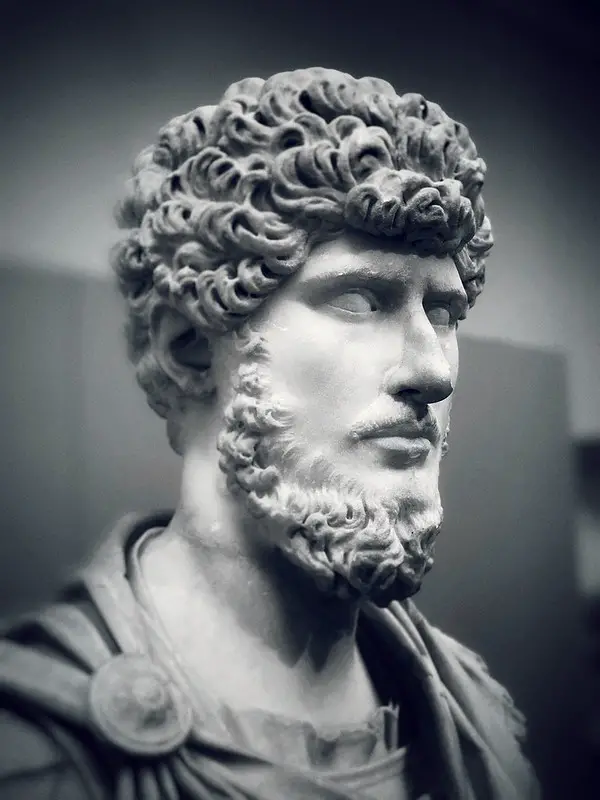
Equipped with this understanding, we can then use our will to transform what we are able to transform–that is, our internal obstacles – while still dealing with and accepting the external obstacles we will inevitably come across.
This principle is exemplified in Thomas Edison’s response to an awful blow to his career. During the early 1900s, when Edison was just 67 years old, his research and production campus got burnt. When Edison got to the place it was happening, the entire building –as well as all his prototypes, papers and research – had gone up in flames.
However, Edison was not worried and considered this incidence as a chance to start all over. He understood that he could not change the fact of the fire; however, he could change his viewpoint, and approach an apparently insurmountable obstacle as a meaning of starting all over – he named it getting “rid of lots of rubbish.” Also, at the end of the year, Edison had transformed a million dollar loss into a $10 million profit.
Chapter 9 – A disciplined will enables us to drive ourselves to our mortal limits.
By learning to admit what we cannot change, and disciplining our will to change what we can change, we can master our obstacles – and ourselves.
This disciplined will enables us to endure even in the face of the hardest obstacles, as demonstrated in one of the founding texts of Western literature, the Odyssey, by the Ancient Greek poet Homer. In the Odyssey, we see Odysseus leaving Troy after ten years of combat. He was totally unaware that he will use more ten years of facing a lot of difficulties and tribulations as he tries to reach home. Along the line, he is imprisoned, encounters temptation, loses his whole men, comes across risky whirlpools, and also fights off a cyclops and a monster with six heads!
What enabled him to defeat these whole obstacles sent by the gods? His will to reach home.
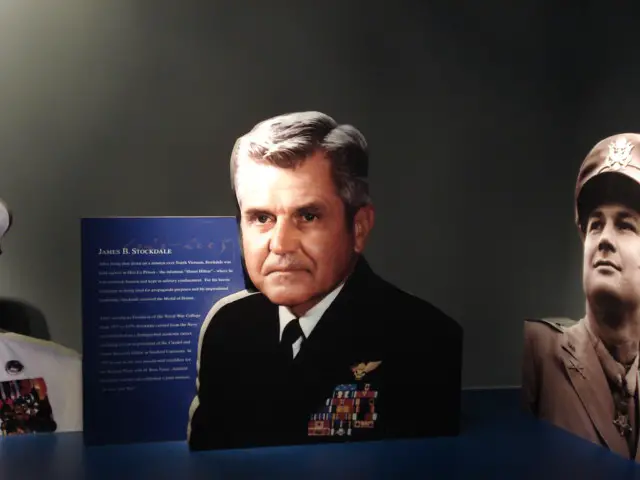
Another method our will can drive us to the limits of human possibility is its power to disregard our personal condition in favor of more essential goals. This is greatly demonstrated by James Stockdale, a US pilot imprisoned during the Vietnam War.
Prisoners of war were aware that they would be tortured and more likely killed. However, rather than giving up or basically getting scared for his life, Stockdale chose to be a leader for his fellow prisoners. Understanding that some of the tortured men might be driven insane, Stockdale created a support system in the camp to ensure that all of the soldiers understood they were in it together and should not feel embarrassed for having provided information. By making use of his will to focus on the greater goal of survival, Stockdale was able to assist himself and others survive years of imprisonment and torture – and come out on the other side alive.
The Obstacle Is the Way: The Timeless Art of Turning Trials into Triumph by Ryan Holiday Book Review
By seeing obstacles objectively, acting against their weaknesses and determined in your will, you will change the obstacles you encounter into the fire that fuels your achievement.
